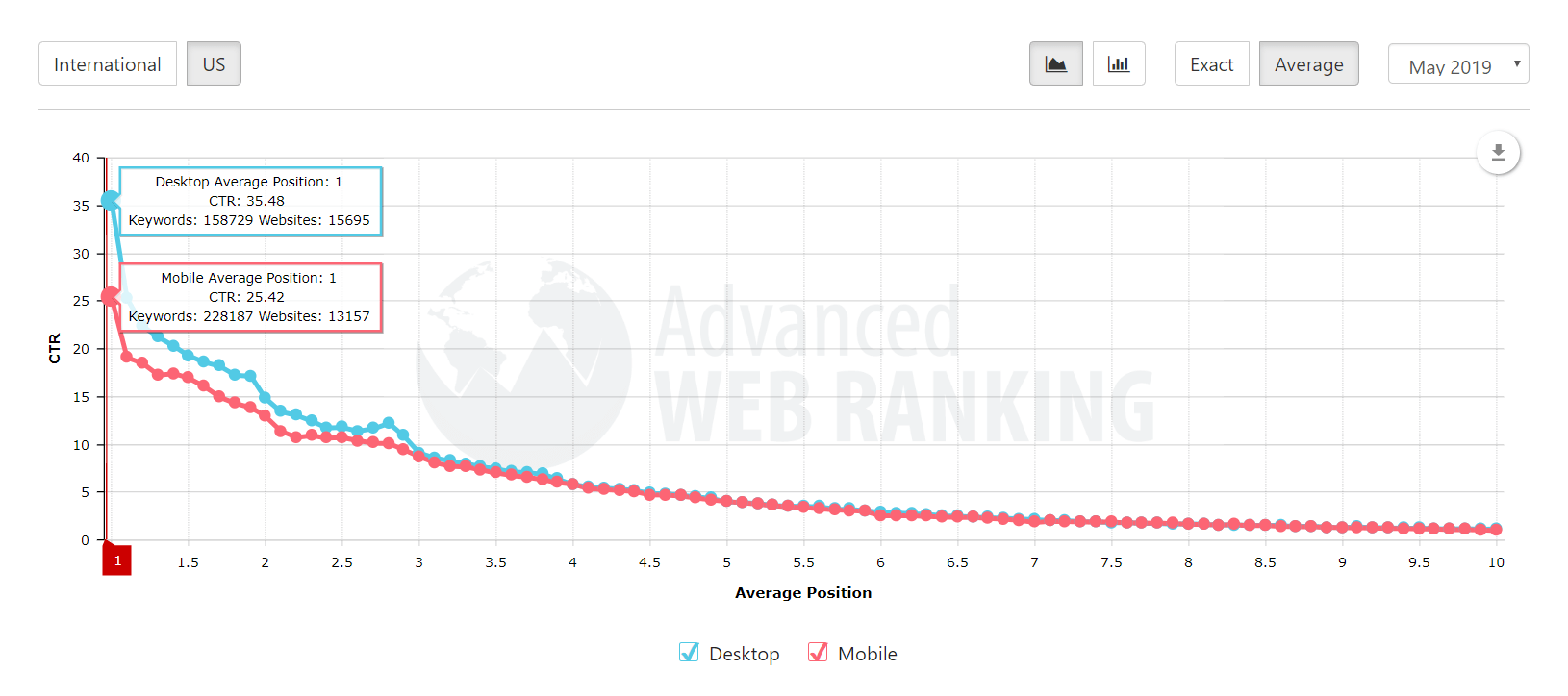

- #Javascript currency compare software#
- #Javascript currency compare code#
- #Javascript currency compare free#
#Javascript currency compare code#
Some code might work on specific browsers versions and don’t work on different versions of the same browser.
#Javascript currency compare software#
Web development, programming languages, Software testing & others
#Javascript currency compare free#
Now, if you want to display the currency name explicitly, you can provide an additional property called currencyDisplay to the options like so.Start Your Free Software Development Course One thing to note here is, when the style is ‘currency’, a currency property must be provided.Īnd this all together will format the entire currency and give us our desired result. In our case, it’s currency and USD respectively.Īfter this, the format method will be called on the result returned from Intl.NumberFormat with the userPayment payment as its argument.

And it does so by providing several different methods. The Intl object is the namespace for the ECMAScript Internationalization API, which provides language sensitive string comparison, number formatting, and the date and time formatting. So, if you want to save the user’s payment of $1500, you may store 1500 and USD in two different columns in your database.Īnd that’s the only two things you’ll need to display the user’s payment back to the frontend effectively. Typically, when you incorporate currency in your application, all you may do is store the number associated with the currency and the actual currency code in let’s say a database.

I’m going to discuss all about it in this article. Luckily, displaying currency is pretty darn simple if you’re working with JavaScript. And one of the aspects of it is to display the currency on the frontend.Ĭurrency is a complex topic and since there are various currencies out there, it becomes a lot harder to work with them. Working with currencies is the use-case that you might find yourself stumbled upon more often than not.


 0 kommentar(er)
0 kommentar(er)
